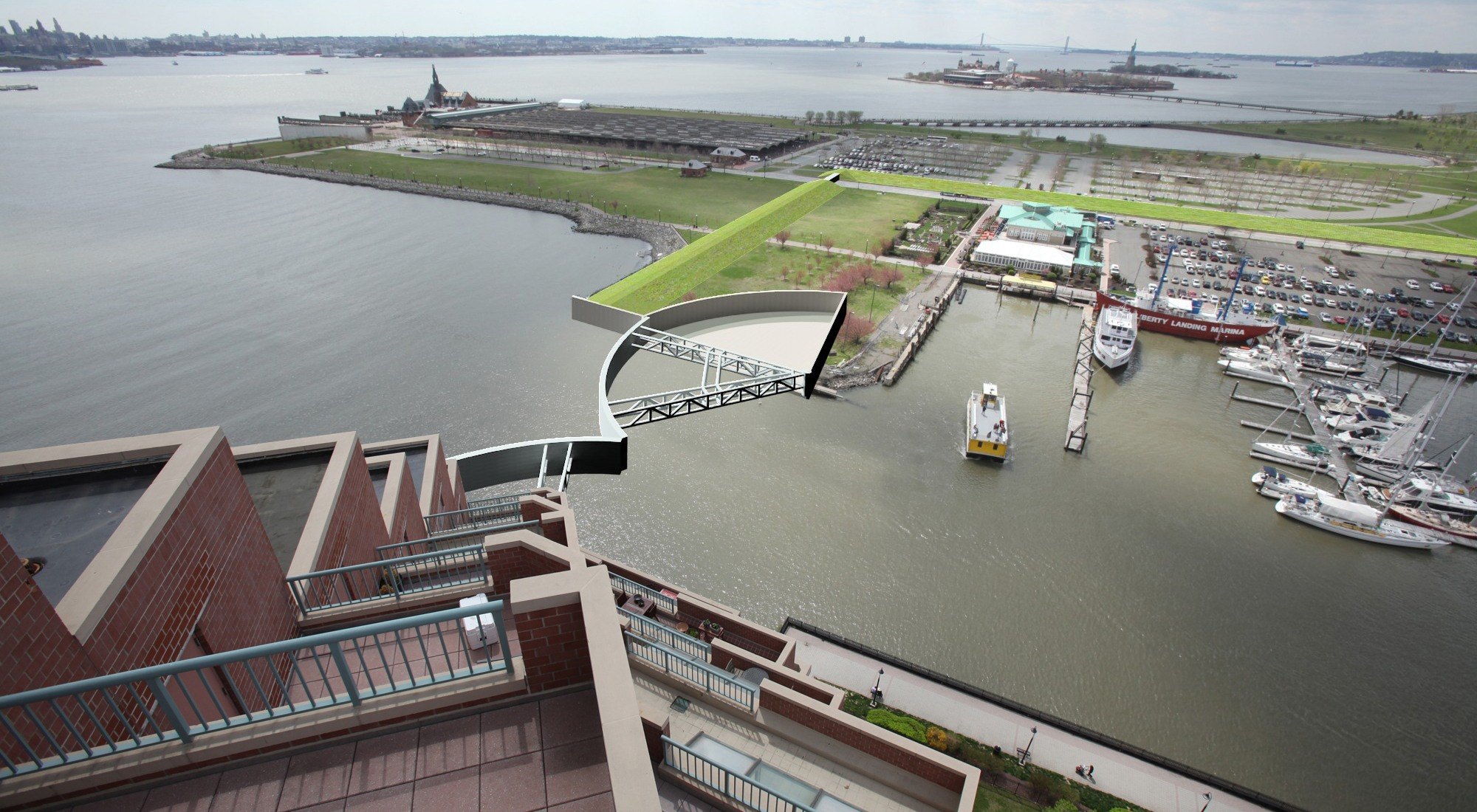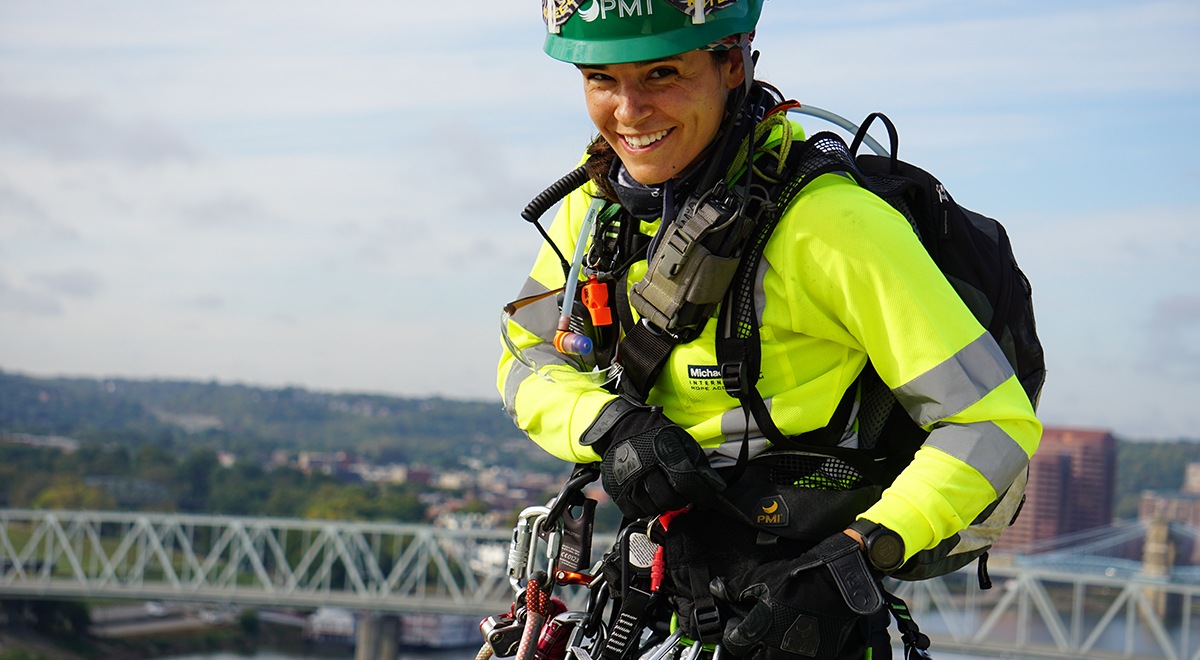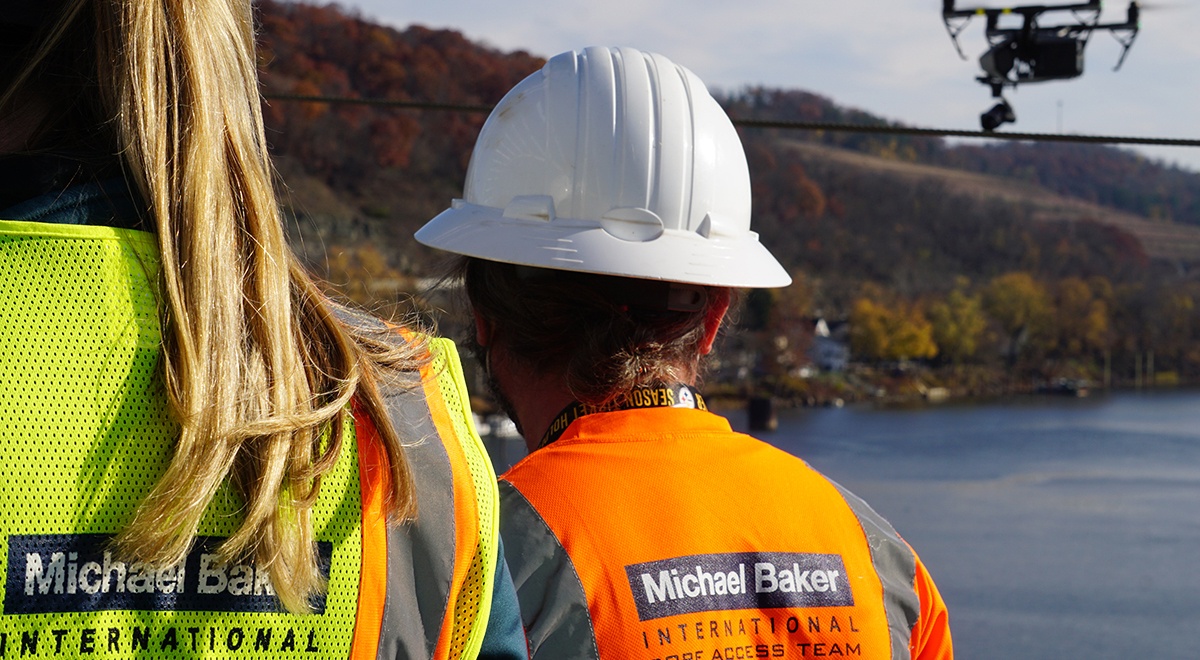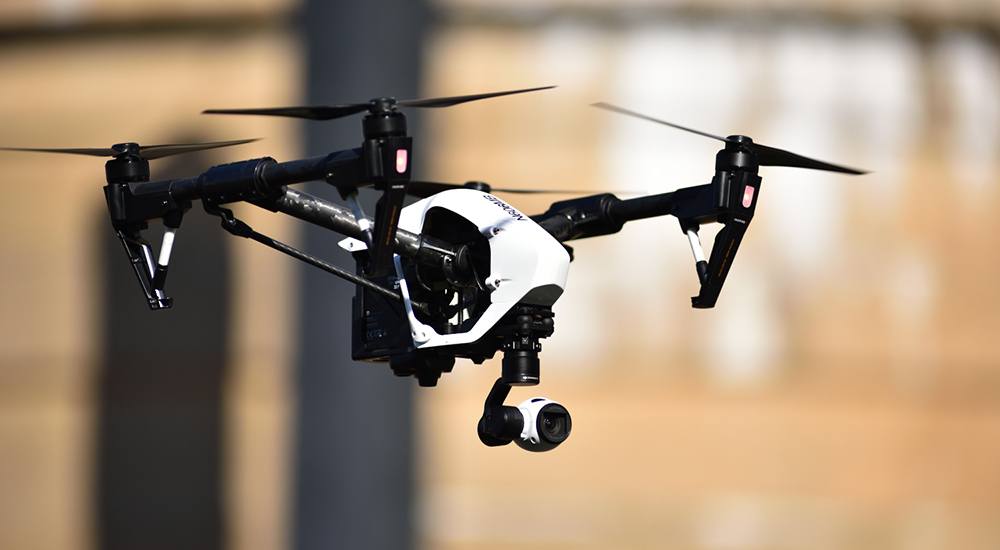Helping communities and the U.S. withstand impacts of extreme weather, floods, sea-level rise and a changing climate
From the Summer 2017 issue of Signature
Nothing motivates communities to prepare for – and invest in – the future water-borne disasters more than facing the grim realities of actual devastation, destruction and the expense of a major storm and its damaging winds, tidal surges, flash flooding and infrastructure failures.
So it should come as little surprise that the federal government, along with cities and towns up and down our nation’s coasts, have been investing considerable time and money in flood mapping, resiliency planning and building new infrastructure following Hurricane Sandy in October 2012. The storm, often referred to as Superstorm Sandy, left more than $20 billion in property damage, billions of dollars in lost business and a death toll of 81 along the eastern United States alone.
In the forefront of much of the resiliency planning activity is Michael Baker, hired by a range of clients, including the States of New Jersey and Delaware, the City of Jersey City, as well as the Port Authority of New York and New Jersey, the Federal Emergency Management Agency (FEMA), Morro Bay, Calif., and others to study the impacts of storm surges, coastal flooding and sea-level rise, and present adaptation planning recommendations. Hazard mitigation can take many forms, from enhanced public outreach and improved emergency response or evacuation planning, to full scale civil work such as seawalls, earthen berms, and boardwalk levees.
“The impacts of Hurricane Katrina and Superstorm Sandy have seen our national consciousness raised with respect to the realities of coastal flood risk,” said Mark Osler, a coastal science and engineering practice manager from Michael Baker’s Alexandria, Va., office and a leader within the company’s coastal and climate-change resiliency planning efforts. “These risks have always been known, but they are no longer a theoretical risk.
“We now spend less time in communities discussing if they are at risk or why they are flooding more frequently,” he continues. “They are more interested now in understanding whether they will be impacted again and how frequently – and what options they have to reduce their future risk.”
The key going forward, Osler says, is longer-term planning and action to avoid surprises.
“It’s very expensive to implement large-scale resiliency projects at a moment’s notice and alter aspects of the built environment that are already in place,” Osler explains. “There’s more incentive now to look forward at what the next three decades will bring and integrate resilient design thinking into capital improvement planning and new construction.”
Osler says that Michael Baker is providing more and more resiliency analysis and planning these days from coast to coast and in towns and cities in between that face threats from nearby rivers, streams and other bodies of water. Current efforts reflect the collaborative, multi-disciplinary nature of holistic resiliency planning and design, engaging staff from across our service lines. Osler notes that Michael Baker’s resiliency planning efforts now bring together close collaborations among planners, water resources engineers, architects, hazard mitigation specialists, landscape architects, the firm’s Urban Design Studio and various civil engineering disciplines.
The transportation practice, he adds, also is getting more involved as departments of transportation across the country consider long-term sustainability of infrastructure as it relates to the impact of extreme weather and natural disasters on roads, including drainage, bridges and surface water and suitable evacuation-route considerations.
ASSESSING AIRPORTS AND PUBLIC TRANSPORTATION
Flooding from Superstorm Sandy closed all four New York area airports: LaGuardia, JFK International, Newark International and Teterboro. To help with ongoing master planning efforts at these airports, The Port Authority of New York and New Jersey (PANYNJ) engaged Michael Baker to provide climate-change-impact assessments for all four airports. Services included preparation of guidance on use of climate-change projections; analyses of impacts of future rainfall patterns on stormwater system performance; development of a critical infrastructure inventory; coastal flood risk vulnerability assessments; a statistical evaluation of future airport shutdown potential; and development of conceptual climate adaptation strategies.
The City of Jersey City, N.J., faces serious risks due to its location on both the Hudson and Hackensack Rivers. Michael Baker produced 3D visualizations to help the city understand what potential adaptation measures for coastal flooding and sea-level rise impacts might look like in that community. In collaboration with the city and local stakeholders, the team identified 27 different adaptation measures, including earthen berm and boardwalk levees, a storm surge barrier and other ground elevation considerations.
The visualizations of these adaptation measures were shared at public meetings, serving as the focal point of the city’s dialogue with its residents about reducing risk and transitioning into a more resilient future.
EDUCATING COMMUNITIES WITH FEMA
Michael Baker has been working with FEMA for more than four decades, providing flood mapping, coastal and hydraulic engineering, hazard mitigation, public outreach and other services across the country. Michael Baker currently is working with FEMA headquarters and across its 10 regions to help educate communities on the importance of understanding flood risk and the value of long-term resiliency planning.
The company provides comprehensive community outreach and education focused on increasing mitigation action at the community level.
“Changing behavior is very difficult, and our team’s approach to this challenge is nothing short of revolutionary,” says Osler. “We are blending communications expertise, engineering knowledge and behavioral science together to help our communities lead themselves into a more resilient future.”
So far, Osler says, the company has participated in 225 community meetings in 525 counties across the United States on behalf of FEMA. The team also has developed an immersive virtual-reality experience that allows participants to experience flooding within a community and then implement different mitigation actions to reduce the impacts of the flood event.”
“The VR content is just flat-out cool to experience, but it’s not an elaborate gimmick,” Osler says. “Emotions are a vital component of human decision-making. The VR experience heightens the participants’ emotional connection to both the painful loss which a flood can cause and also the power of proactive mitigation to reduce that impact.”
Often, Osler says, resiliency planning comes down to the mindset of communities and their leaders.
“Mindset is more important than any particular solution,” Osler says, in supporting this outreach effort to encourage resilience planning and action. “Our most rewarding engagements are when we help break through personal or organizational confusion, and the clients clearly understand their risks, how those risks may impact them, and that they have the agency to make positive change for their community or organization.”




